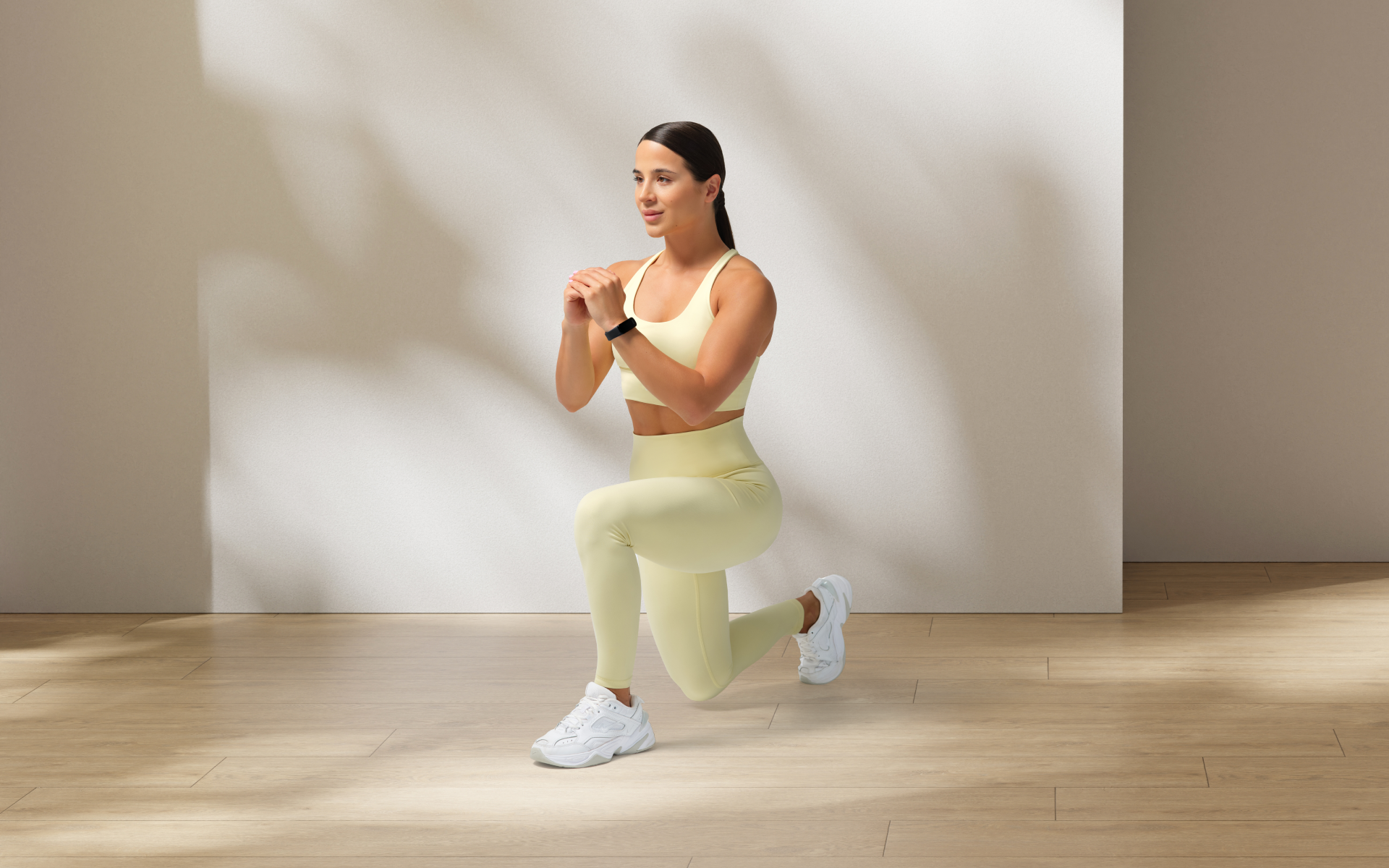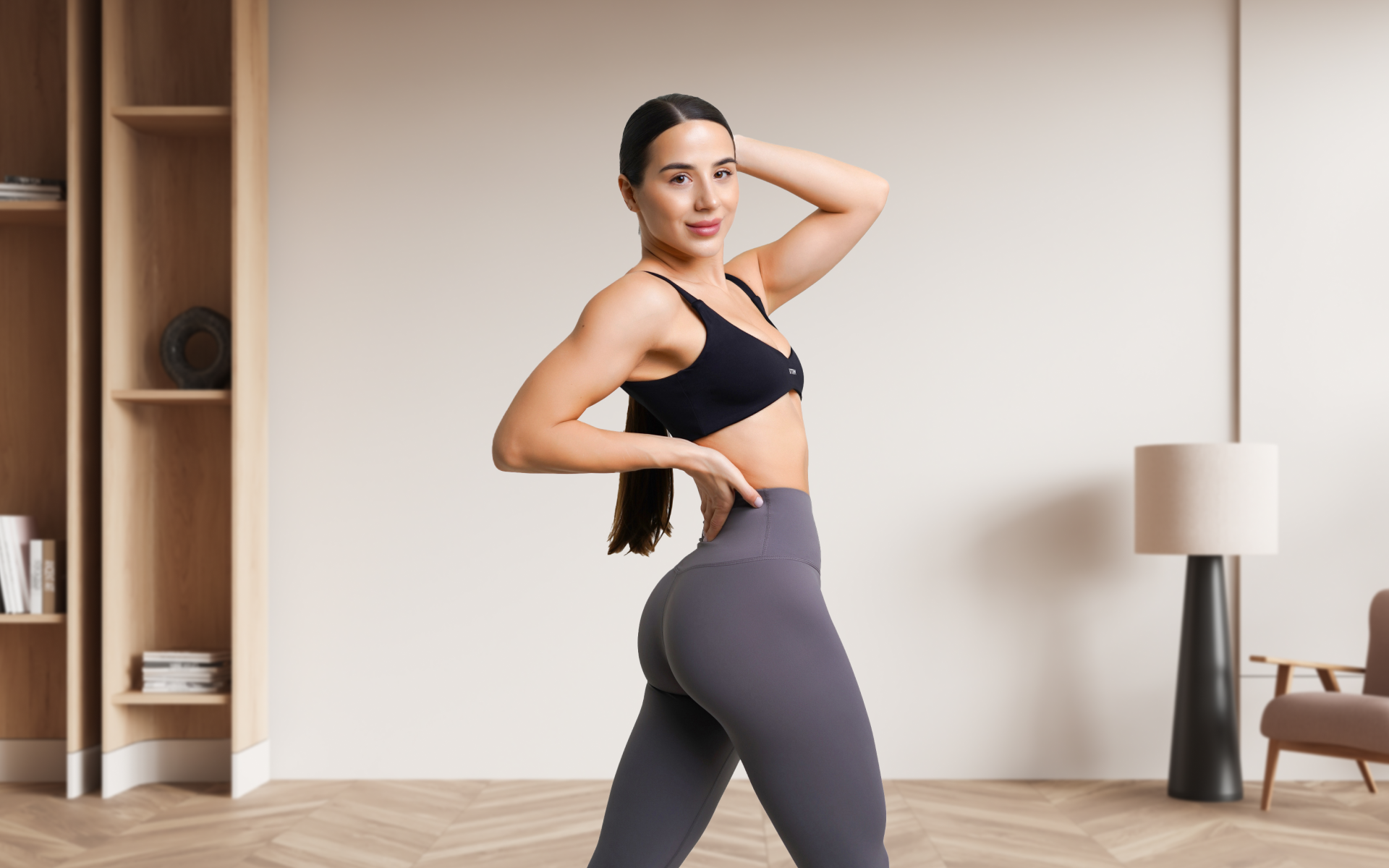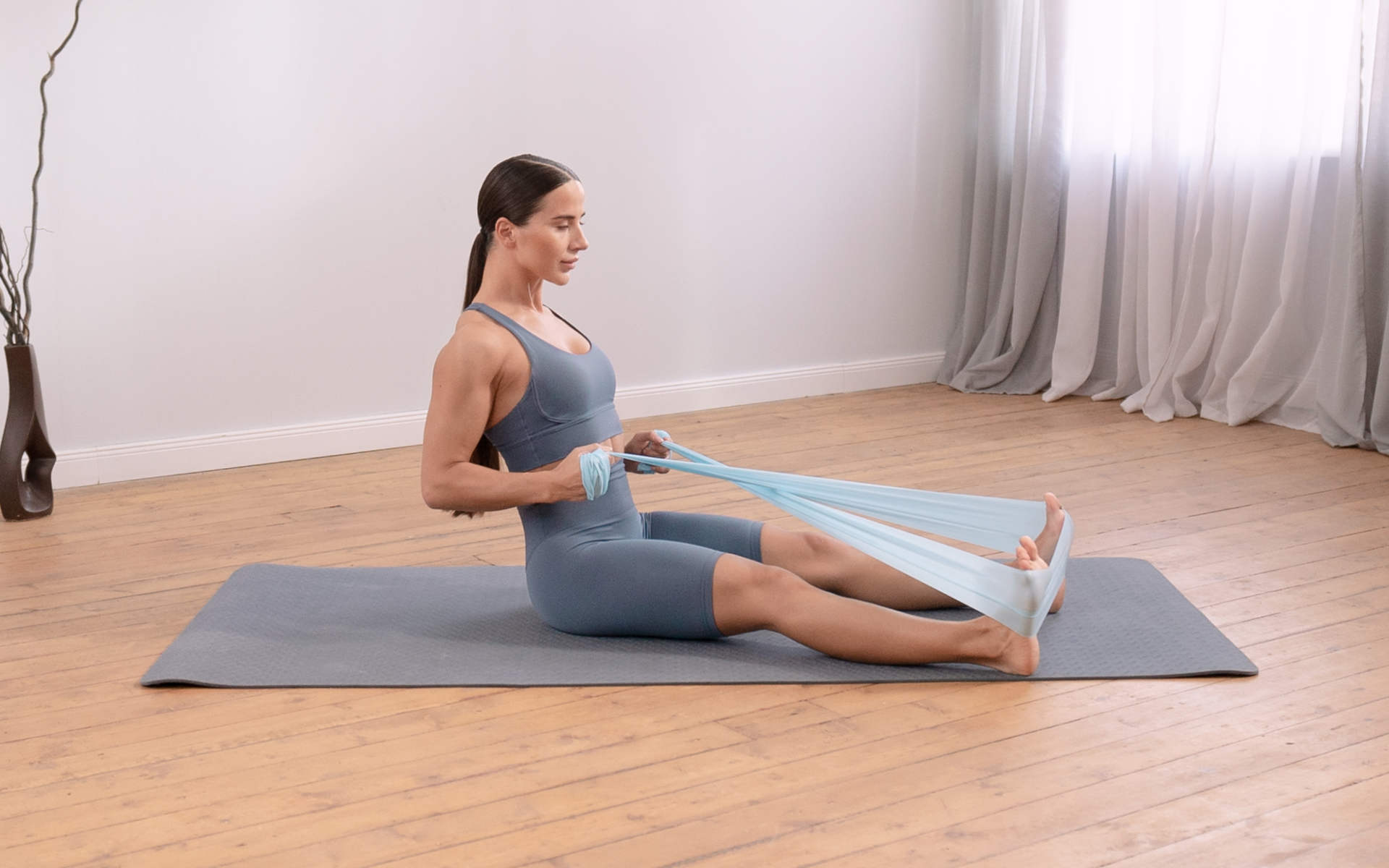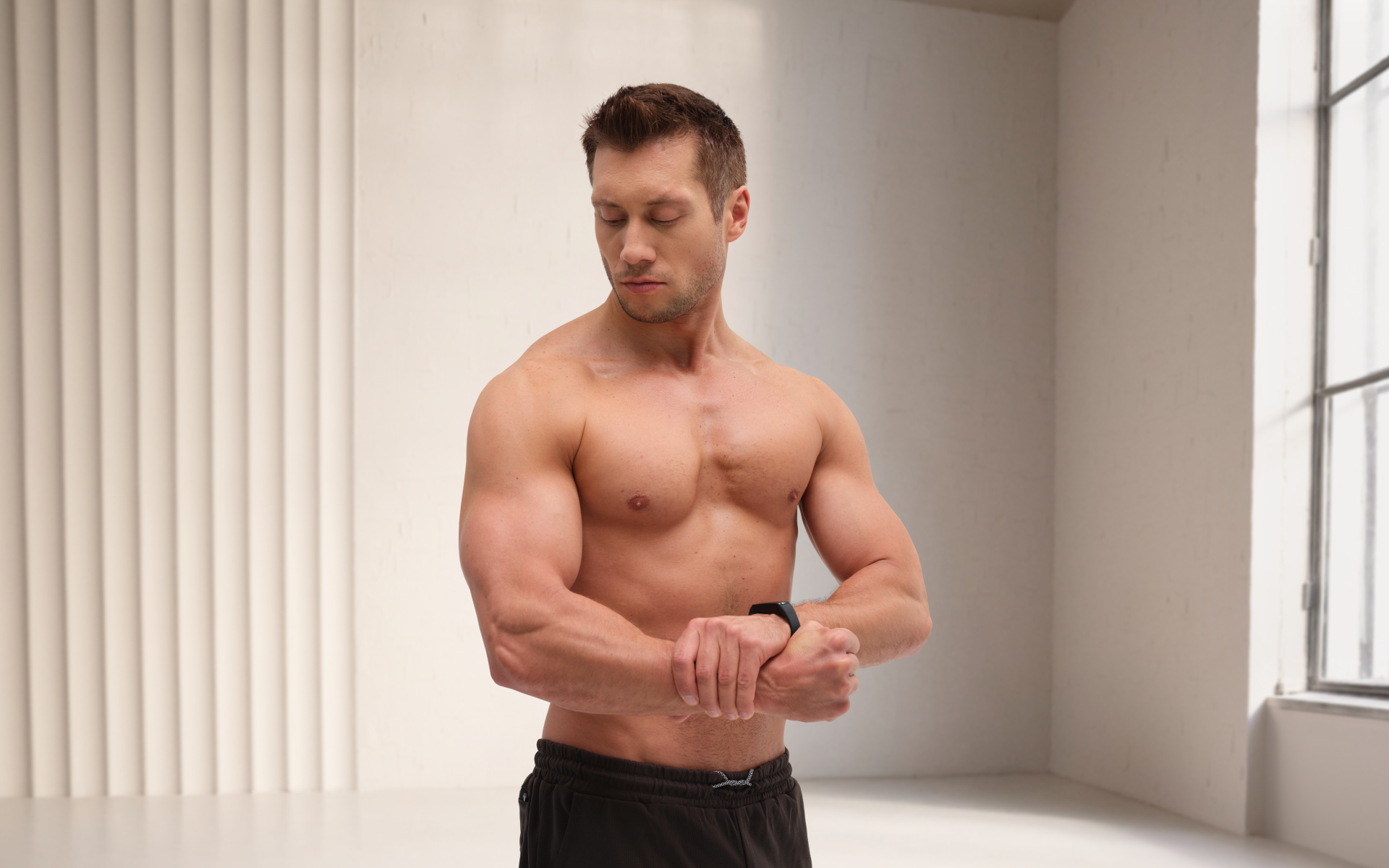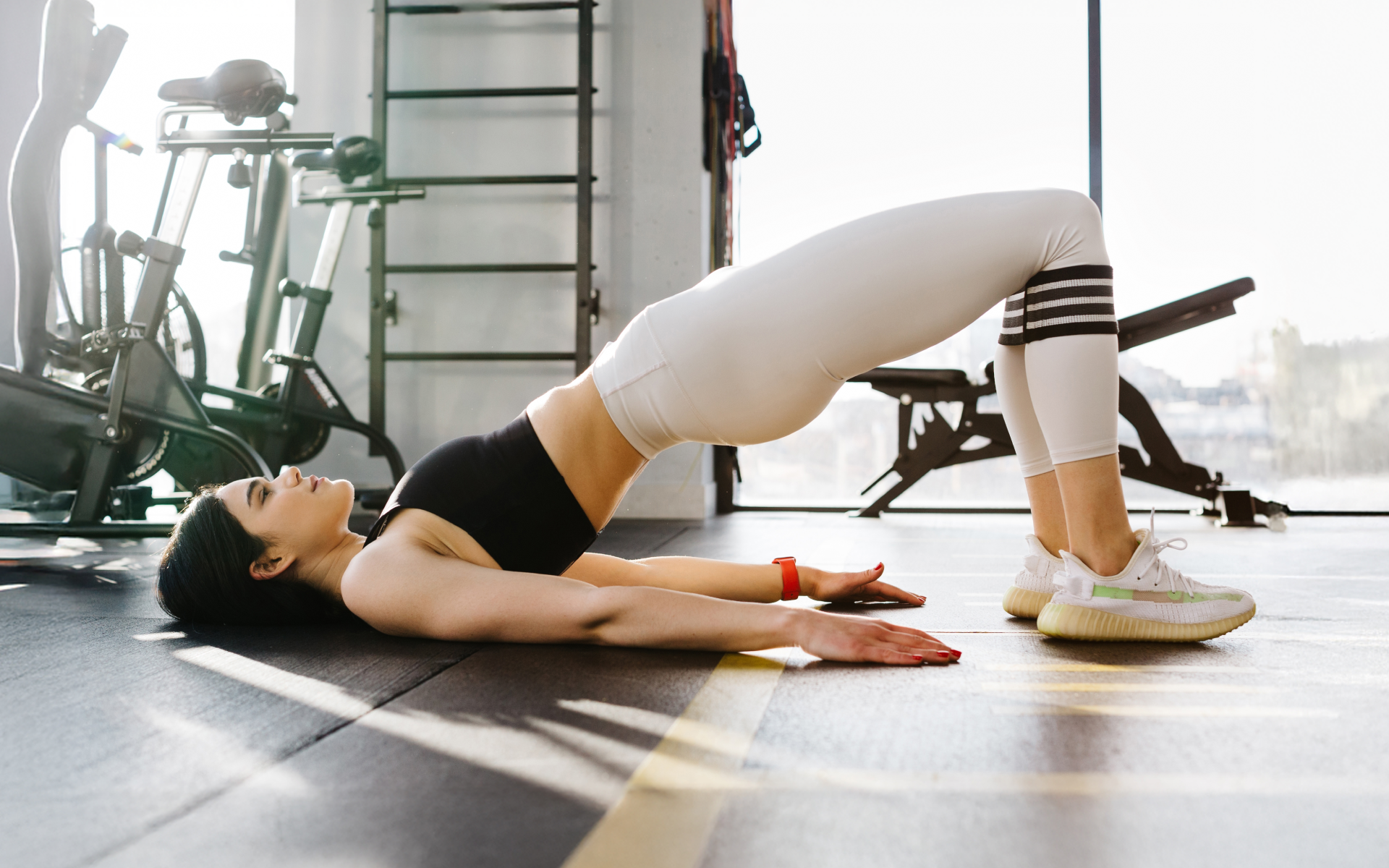Leg days are the most dreaded for some trainees. You will work on multiple large muscle groups every time you train your legs. One of the most significant muscles of those groups is your hamstrings. Initially, you may feel more lethargic when you train your legs due to the high energy expenditure associated with high-level activation of multiple major muscle groups, but if you stay consistent and follow the workout pattern correctly, you will experience fantastic results in your overall fitness.
Adding hamstring calisthenics to your leg workouts can help when treading upwards, like climbing the stairs, hills, or curbs. In other words, if you are a hiker or just someone who wants to keep their body in prime shape, focusing on hamstring-targeted movement patterns should be an essential part of your overall training routine.
You don’t have to subscribe to a fancy workout program to learn these workouts. Simply log onto an online platform and learn the correct form and sequencing from the experts. This article sheds light on the science behind hamstring exercises and describes some of the best exercises in this domain.
How Do You Hit Hamstrings With Calisthenics?
Calisthenics offers several exercises to target your hamstrings. Although there are isolation exercises that target specific muscle groups (glutes, quadriceps, hamstrings, calf, etc.), many of the exercises you perform for your lower body will be compound activities that activate and strengthen multiple muscle groups at once. These can be performed in a gym or fitness center, but many can also be performed within the comfort of your home. The following exercises can be incorporated into your workout routine if you want to hit the hamstrings with calisthenics:
Banded Hamstring Curl
- Find something strong to tie a resistance band around.
- Lie face down on a bench and loop one end of the band around your ankles.
- Pull your heels towards your bottom by bending your knees while focusing on the contraction in your hamstrings. Hold the end position for 3 seconds.
- Slowly straighten your legs back out.
- Do this 10 to 20 times and repeat it for 4 sets.
- If it feels too easy, use a thicker band for more of a challenge.
Good Morning
- Stand up straight with your feet about hip-width apart.
- Put your fingertips behind your ears.
- Keep your back straight and your belly tight.
- Bend a little at your knees and push your hips back, hinging at the waist.
- Lower your body until it’s almost parallel with the ground, or as far as you can descend before you feel your back start to round.
- Hold for a moment, then stand back up straight.
BetterMe app will kick you out of the mental funk, shake off your extra weight, rid you off your energy-zapping habits, and help you sculpt the body of your dreams. Intrigued? Hurry up and change your life for the better!
Elevated Single-Leg Glute Bridge
- Lie on your back with your heels up on a bench or chair, and keep your arms down by your sides.
- Lift your right leg straight.
- Push through your left heel to lift your hips until your body is in a straight line.
- Tighten your belly and hold for 3 seconds.
- Lower back down slowly.
- Do this 8 to 12 times on each leg for 4 sets. Alternate legs each time you do a set.
We use our hamstrings in almost every movement we do. Whether sitting down, standing up, or simply walking, you use your hamstrings for so many of your daily activities. When sitting for prolonged periods, our hip flexor muscles shorten and our glutes become inactive (1). Over time, this can lead to lower back pain and may decrease overall mobility, particularly as we age.
The hamstring muscles assist in stabilizing our knee joints (4). In fact, hamstring injuries are one of the common reasons why people visit orthopedic surgeons. Strengthening the hamstrings can help prevent such injuries and keep you fit. If you have noticed chronic pain, discomfort, or tightness in your hamstrings, seek the guidance of a medical professional such as a physician or physical therapist to properly evaluate your specific causes and contributing factors.
What Bodyweight Exercises Work the Hamstrings?
You may have seen some fitness gurus in a commercial gym flaunting how they work on their hamstrings. This may leave you unsure of ways you can improve your hamstring strength and mobility at home without heavy equipment. Our goal is to present reliable ways to target this important muscle group without needing a gym membership or heavy, expensive equipment.
The following bodyweight exercises are a great place to start:
Glute-ham Hinge
The glute-ham hinge is a variation of the Nordic curl that works on the hamstrings and glutes with a lower intensity. This exercise isn’t performed with an extended hip position. Rather, it is performed with a flexed hip. The glute-ham hinge proceeds by hinging at the hips instead of the knee. This can shorten the lever, making it a good starting point if you wish to work up to the Nordic curl exercise in the future.
Single-leg Deadlift
Deadlifts are common in the gym and are usually performed with weights. That said, you can perform these at home and improve your strength in your hamstrings and other vital muscle groups. This exercise primarily targets the muscles in your lower back, butt, and the back of your thighs. Among many other benefits, deadlift variations improve posterior chain activation and neuromuscular control necessary for hinging patterns of daily life, such as sitting into or standing up from a chair or other furniture, or picking something heavy up off the ground (6). A standard two-legged bodyweight deadlift could be pretty easy for some people. If this is true for you, and you don’t have enough weight available to make the exercise challenging,try transitioning to a single-legged deadlift for core and hamstring development. The single leg variation of this movement also provides training benefits for improved balance and accessory muscle activation.
Read more: The Simplest Lower Back Calisthenics Guide for Beginners
Hamstring Curl
Believe it or not, a simple exercise like a standing or seated hamstring curl using an ankle weight or anchored resistance band can provide targeted strength gains. Since this is a single-joint isolation exercise, maintaining proper form, alignment, and pacing throughout the exercise is crucial . Reference the steps outlined earlier in the article, Banded Hamstring Curl for guidance.
Single-leg Hanging Leg-curl
Hanging leg curls can train your core, grip, and hamstrings (2). Knee flexion can be achieved by activating the hamstrings and maintaining a steady pace throughout the movement pattern. Try to resist the motion of using your upper body to move. At times, grip endurance and strength can be limiting factors of this exercise..
Fire Hydrant
This exercise primarily targets the external rotators of the hip, but will involve hamstring activation as well, particularly at the end range of the concentric (raising the leg up) portion of the movement. It trains these muscles in a broad range of motion that can be adjusted according to your skill level. You may choose to begin with a limited range of motion if you are a beginner, and progress as you become stronger.
In addition to being a strength and mobility exercise, the fire hydrant can also work as a total body warm-up exercise..
What Exercises Work the Hamstrings?
If you wish to add targeted hamstring exercises to your regimen, some initial planning will be required. Remember that many compound movement patterns will target the hamstrings (such as squats, lunges, and deadlifts) in addition to the other major muscle groups of the legs. Some additional exercises you should consider learning are:
Hand walk
- Lie on your back with heels on a bench or chair.
- Lift one leg straight up.
- Push through your other heel to raise your hips.
- Hold briefly at the top.
- Lower back down slowly.
- Repeat 8-12 times on each leg for 4 sets, switching legs in each set.
Crab Walk
- Sit on the floor with knees bent and feet flat.
- Place hands behind you, palms on the floor, fingers pointing forward.
- Lift hips using your butt and belly muscles, making a “tabletop” shape with your body.
- Keep hips up and walk forward, moving opposite hand and foot together.
- Take the specified number of steps forward.
- To return, reverse the movement, walking backward until you are back where you started.
Sumo Squat-to-Stand
- Bend over and hold onto your big toes.
- Keep your arms straight inside your knees.
- Pull your hips down between your ankles and lift your chest.
- Try to straighten your legs while holding onto your toes.
- Keep your chin tucked as you straighten your hips and knees.
Pilates Leg Kick
- Lie face down on a mat.
- Lift your upper body and rest your forearms on the mat, with elbows under your shoulders and fists together.
- Tighten your belly and press your pelvis down, keeping your legs and feet parallel.
- Inhale, point your toes, and bend both knees to 90 degrees.
- Kick your heels toward your butt two times, exhaling with each kick.
- Inhale as you lower your legs back down.
- Repeat until you finish all reps.
Lateral Lunge
- Step to the right, keeping toes pointed forward and both feet flat.
- Squat down as low as you can on your right leg, keeping your left leg straight.
- Hold this position for two seconds.
- Return to the starting position and repeat for 10 reps.
- Then, switch sides and repeat the same steps with the other leg.
Beginners may want to start with just one leg session per week, while more experienced trainees may incorporate more weekly sessions. You can include the exercises mentioned in this article or simply search for the best exercises for your hamstrings and glutes. For some, sprinkling lower body exercises into multiple total body workouts per week provides better results.
When you are just getting started with strength training, or if your lower body sessions are performed with a high intensity, take a day or two off between each leg day, as lower body training typically requires more rest time than upper body training, due to multiple large muscle groups being involved (7).
Lean and toned up body isn’t just a far-fetched fantasy. Check out the BetterMe app and watch it propel your weight loss journey into high gear!
Can You Build Glutes With Calisthenics?
Yes, you can build strong and defined glutes with calisthenics. Some traditional strength exercises may include weights or machines. However, glute-targeted exercises require minimal or no equipment. Here are some calisthenics that can work on your glutes:
- Squats
- Lunges
- Hip thrusts
- Glute bridges
- Donkey kicks
- Jump squats
- Step-ups
Bodyweight exercises often require less recovery than traditional loaded resistance training (6). After the beginner phase of training, you will likely be able to perform calisthenic lower body exercises multiple times per week without significant soreness, particularly for very large and strong muscle groups like the gluteals. Increased training frequency has been shown to result in improved strength gains, assuming overall training volume is equal. (7).
Strength training creates microscopic tears in your muscle tissues. Although this sounds scary and damaging, it is actually just the opposite. The microdamage caused by resistance training provides your body with a stimulus to initiate cellular rebuild in a manner that will gradually adapt to the increased demands. This means you’ll gain strength and muscle size/definition. With that being said, it is recommended to give some rest to the body so these cells (called fibroblasts) can repair the micro damaged tissue adequately and reduce the risk of overtraining-related injury. These much needed rest days between high-intensity workouts of large muscle groups helps your body refill its energy stores that get used up during exercise. That is why we suggest not working out your glutes, or any other large muscle group, every single day. To optimize the stimulus/recovery ratio, many trainees opt for a workout split that trains opposing muscle groups on alternating days. For instance, you may work the pushing muscles on Monday followed by the pulling muscles on Tuesday. Or the upper body on Wednesday and the lower body on Thursday. This allows you to train on back-to-back days while still ensuring you have the proper recovery and cellular rebuilding. The muscles of one group can rest, while the others are worked one day, and vice versa the following day..
Read more: Calisthenics Shoulder Exercises: Techniques and Workouts
If you have frequent hamstring strains or face difficulty with activities like running or bending, your hamstrings may be weak. Learn exercises like hamstring curls, leg curls, and deadlifts to build the hamstring muscles. These movements target and strengthen the hamstrings effectively. Squats are one of the most effective and most functional exercises that exist. They not only target your hamstring, but just about every other major muscle group of your legs as well, including the quadriceps, glutes, and hip musculature. However, if you are seeking additional hamstring training, incorporating other compound exercises like deadlifts and lunges will be your fastest road to improvement. If you choose to perform isolation exercises for your hamstrings (such as hamstring curls), perform them at the end of your workout. Yes, the hamstrings are a very important muscle group. Having strong hamstrings is essential for performing daily activities without compensatory movement patterns, as well as higher level activities performed in athletics.FAQs
Are my hamstrings weak?
How do you build hamstring muscle?
Are squats enough for the hamstrings?
Is it important to have strong hamstrings?
The Bottom Line
If you think you need a gym membership and heavy weights to build your hamstrings and glutes, you are mistaken. With the correct training regimen, you can work these important muscle groups right at your home. A well rounded health and fitness routine, encompassing strength training, aerobic training, flexibility training, and a proper diet will be the most successful path to your fitness goals.
Aim to include 10 – 16 sets of lower body exercises in your weekly regime for the best outcomes. These can be performed throughout the week or as a single lower body-oriented workout. Pay attention to how your hamstrings feel before and after each workout, and be sure to allow your body the rest it needs. If you follow a well-structured and consistent routine, focusing on proper form, programming, and pacing, you will start witnessing the gains!
DISCLAIMER:
This article is intended for general informational purposes only and does not serve to address individual circumstances. It is not a substitute for professional advice or help and should not be relied on for making any kind of decision-making. Any action taken as a direct or indirect result of the information in this article is entirely at your own risk and is your sole responsibility.
BetterMe, its content staff, and its medical advisors accept no responsibility for inaccuracies, errors, misstatements, inconsistencies, or omissions and specifically disclaim any liability, loss or risk, personal, professional or otherwise, which may be incurred as a consequence, directly or indirectly, of the use and/or application of any content.
You should always seek the advice of your physician or other qualified health provider with any questions you may have regarding a medical condition or your specific situation. Never disregard professional medical advice or delay seeking it because of BetterMe content. If you suspect or think you may have a medical emergency, call your doctor.
SOURCES
- Hamstrings force-length relationships and their implications for angle-specific joint torques: a narrative review (2022, ncbi.nlm.nih.gov)
- How to Do Hanging Leg Raises for a Rock Solid Core (2023, barbend.com)
- Resistance Training Volume Enhances Muscle Hypertrophy but Not Strength in Trained Men (2018, ncbi.nlm.nih.gov)
- Treatment of Knee Osteoarthritis in Relation to Hamstring and Quadriceps Strength (2013, ncbi.nlm.nih.gov)
- The advantages of body-weight exercise (2022, health.harvard.edu)
- What to know about deadlifting (2022, medicalnewstoday.com)
- Why Do People Say to Never Skip a Leg Day? (2020, healthline.com)





